Description
In marine propulsion and industrial automation, where engines must deliver precise speed and load management under relentless demands, engineers grapple with the complexities of synchronizing multiple power sources without risking imbalance or inefficiency. The Woodward 8280-423 tackles this head-on as a specialized digital control tailored for dual-engine setups, ensuring stable operation in medium- to high-speed diesel environments exceeding 100 rpm. Picture a commercial vessel navigating variable sea states or a backup generator array in an offshore platform—here, mismatched loads can cascade into fuel waste, accelerated wear, or outright propulsion failure. This control emerges as a high-reliability cornerstone, enabling mechanical load sharing that distributes power evenly across engines, safeguarding against overloads while optimizing fuel efficiency.
The real value lies in its ability to foster system stability amid the chaos of real-world industrial automation. Traditional analog systems often falter with signal drift or environmental noise, but the Woodward 8280-423 integrates advanced digital processing to maintain I/O signal integrity, even in humid, vibrating conditions typical of process control in marine applications. It’s indispensable when upgrading legacy propulsion controls, where modular integration minimizes downtime during retrofits. By incorporating features like torsional filtering for flexible couplings, it mitigates vibrations that could otherwise compromise engine longevity. In essence, this unit addresses the user’s core goal of seamless synchronization, reducing the engineering headaches associated with manual adjustments and enhancing overall process control reliability. For sectors like marine transport or energy backup, where high reliability isn’t optional, the Woodward 8280-423 delivers the precision needed to keep operations humming without interruption.
At its core, the Woodward 8280-423 operates as a programmable digital governor within the 723PLUS family, positioned squarely in the engine control layer of the automation stack. It interfaces directly with diesel engine actuators, sensors, and throttle mechanisms, processing speed and load data to command real-time adjustments via proportional-integral-derivative (PID) algorithms. In a dual-engine configuration, it communicates peer-to-peer with a counterpart unit, sharing load parameters over dedicated links to achieve isochronous or droop modes—essential for balanced propulsion without a central master controller. This setup integrates effortlessly into backplane or panel-mounted architectures, supporting inputs from magnetic pickups, potentiometers, or 4-20 mA signals, and outputting to servo valves or electronic throttles.
- 8280-423
What sets it apart is its user-friendly diagnostics and redundancy options; built-in self-tests monitor processor health, power supply stability, and memory integrity, flagging issues via LED indicators or serial outputs before they impact performance. It adheres to protocols like Modbus for tying into broader SCADA systems, allowing remote tuning through Woodward’s Watch Window software. In the broader I/O architecture, the Woodward 8280-423 sits between field-level sensors and higher-level DCS platforms, buffering against electrical noise with galvanic isolation. For marine environments, its low-voltage design (18-40 Vdc) pairs with 24 Vdc systems common in vessels, enabling hot-swappable redundancy to maintain critical uptime during maintenance. Engineers appreciate how it scales without overhauling wiring—simply configure parameters for fuel limiting or single-throttle operation, and it adapts to the system’s rhythm, streamlining deployment in dynamic automation setups.
| Specification | Details |
|---|---|
| Model Number | 8280-423 |
| Brand | Woodward |
| Type | Digital Marine Speed Control |
| Input Voltage | 18-40 Vdc |
| Operating Temp Range | -40°C to +85°C |
| Mounting Style | Panel Mount |
| Dimensions | 240 x 178 x 89 mm |
| Weight | 1.2 kg |
| Interface/Bus | RS-232, Modbus |
| Compliance | CE, UL, IEC 60945 |
| Supported Protocols | Modbus RTU, Peer-to-Peer Load Sharing |
| Typical Power Draw | 15 W |
Opting for the Woodward 8280-423 equips your operation with unwavering reliability that stands up to the rigors of continuous marine duty, engineered to deliver consistent speed regulation even as engines age or conditions shift. Its predictive diagnostics catch subtle degradations—like drifting optocouplers—early, averting failures that could sideline a vessel mid-voyage and ensuring long-term performance without constant oversight.
This control shines in reducing engineering overhead, as its pre-programmed load-sharing logic handles dual-engine synchronization out of the box, cutting down on custom coding and trial runs during commissioning. Maintenance teams benefit from straightforward parameter access via handheld programmers, which minimizes troubleshooting time and lets personnel focus on vessel ops rather than control tweaks. In high-stakes process control, this translates to enhanced safety and efficiency, with fuel-limiting algorithms that prevent over-fueling under load spikes, ultimately lowering operational costs and emissions.
Beyond uptime, the Woodward 8280-423 fosters integration ease in hybrid automation environments, where it slots into existing I/O frameworks without demanding extensive rewiring. This modularity supports scalable growth—add engines or tie into genset controls seamlessly—while its rugged conformal coating wards off corrosion in salty air, promising years of trouble-free service that aligns with the demands of industrial automation professionals seeking dependable, low-hassle solutions.
The Woodward 8280-423 thrives in marine propulsion for commercial ships and workboats, where dual diesel engines demand precise load sharing to maintain hull speed amid wave-induced torque variations, ensuring critical system uptime in demanding offshore conditions. In power generation backups for oil rigs, it regulates generator synchronization during black starts, handling fast data cycles from speed sensors to deliver stable frequency output under extreme humidity and vibration.
For industrial process control in fishing vessels or yachts, the unit manages throttle response for efficient cruising, incorporating torsional damping to protect couplings from resonant failures, all while supporting high-reliability I/O in environments prone to electrical transients.
8280-412 – High-voltage counterpart for robust marine electrical systems
8280-413 – DSLC load-sharing variant for multi-generator marine setups
8280-422 – Low-speed dual-engine model for slower propulsion applications
8280-419 – Single-engine propulsion control for simpler vessel configurations
8280-410 – Basic speed control option as a foundational upgrade path
8280-424 – Performance-enhanced version with advanced PID tuning
8280-1042 – DSLC-input model for integrated load management networks
8280-466 – Low-speed DSLC load share for hybrid low-rpm marine engines
When preparing to deploy the Woodward 8280-423, start by confirming voltage compatibility with your 18-40 Vdc supply—mismatches can trigger faults right out of the gate—and assess panel space for its compact footprint, ensuring ventilation slots remain unobstructed to manage heat from continuous operation. Review engine specs against the control’s rpm threshold (over 100) and update firmware using Woodward’s Toolkit software if migrating from older units, as this unlocks refined load-sharing algorithms.
For ongoing maintenance, prioritize quarterly scans of diagnostic LEDs for power or actuator alerts, paired with connector checks for saltwater corrosion— a simple wipe-down with isopropyl alcohol keeps contacts crisp. Annual functional tests via the handheld programmer validate speed droop settings and peer communication, while logging runtime data helps predict component wear. In redundant pairs, alternate active duty quarterly to even out cycles, and always isolate power before swaps to sidestep transients. These steps, grounded in practical field experience, keep the system responsive without unnecessary interventions.

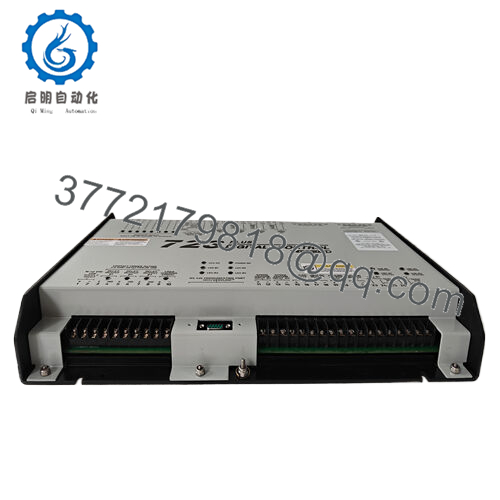
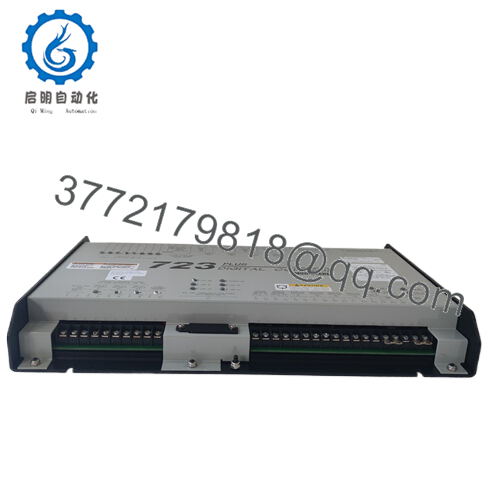
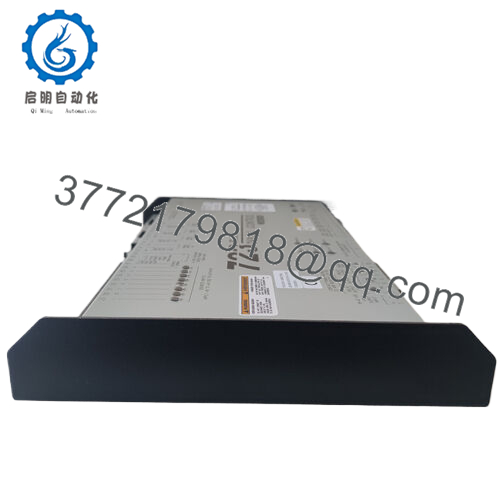
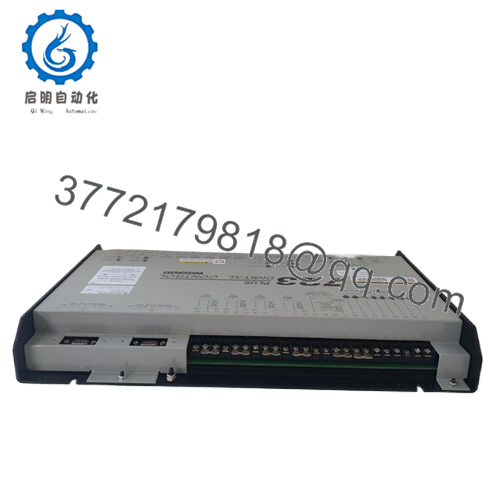
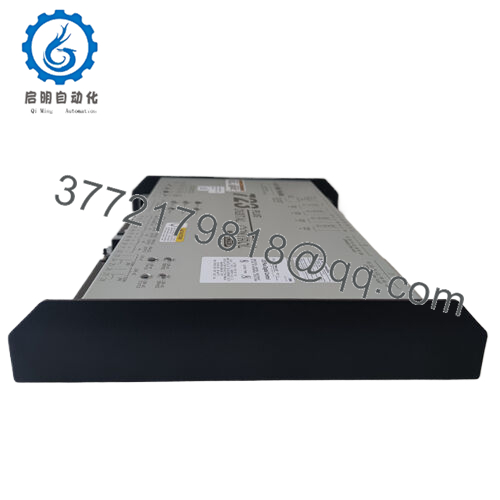
 WhatsApp: +86 16626708626
WhatsApp: +86 16626708626 Email:
Email:  Phone: +86 16626708626
Phone: +86 16626708626


